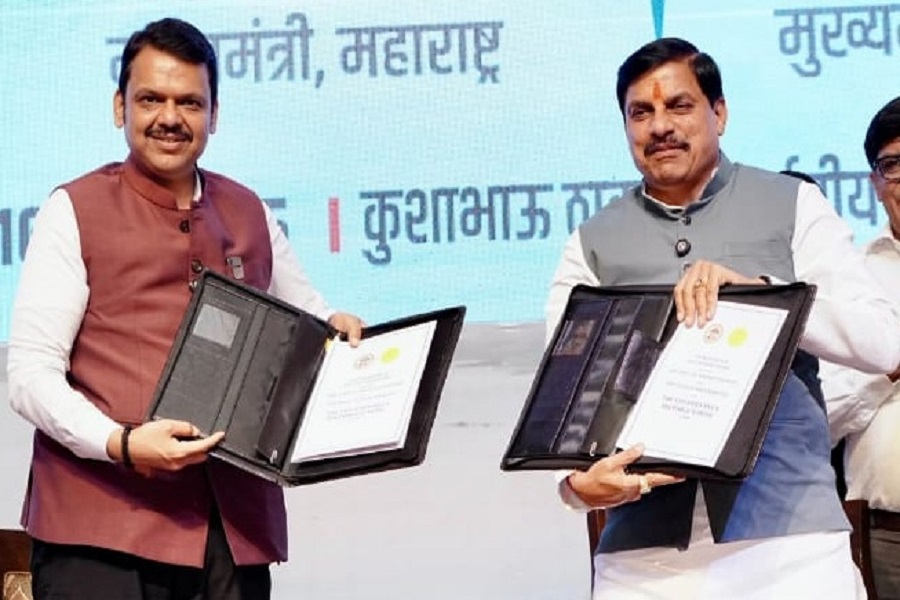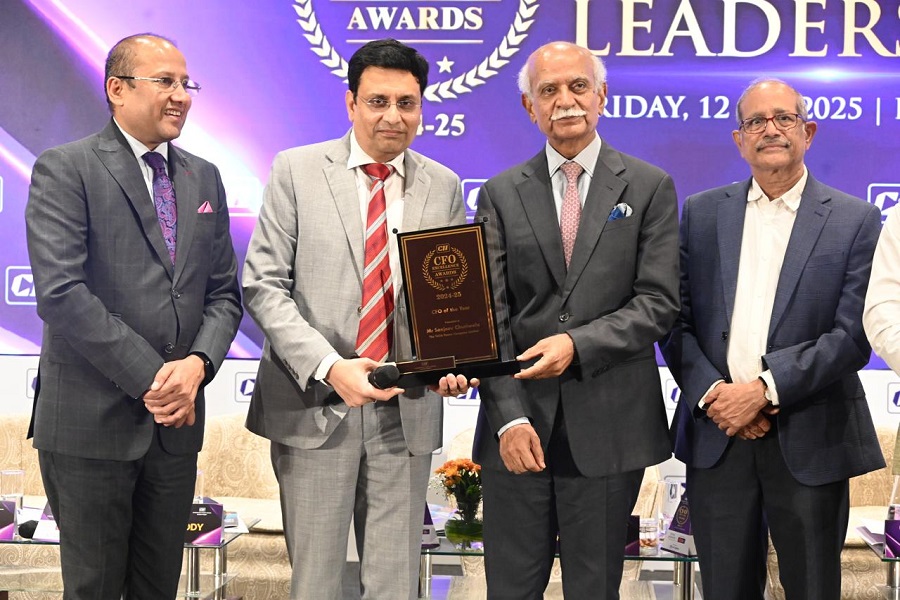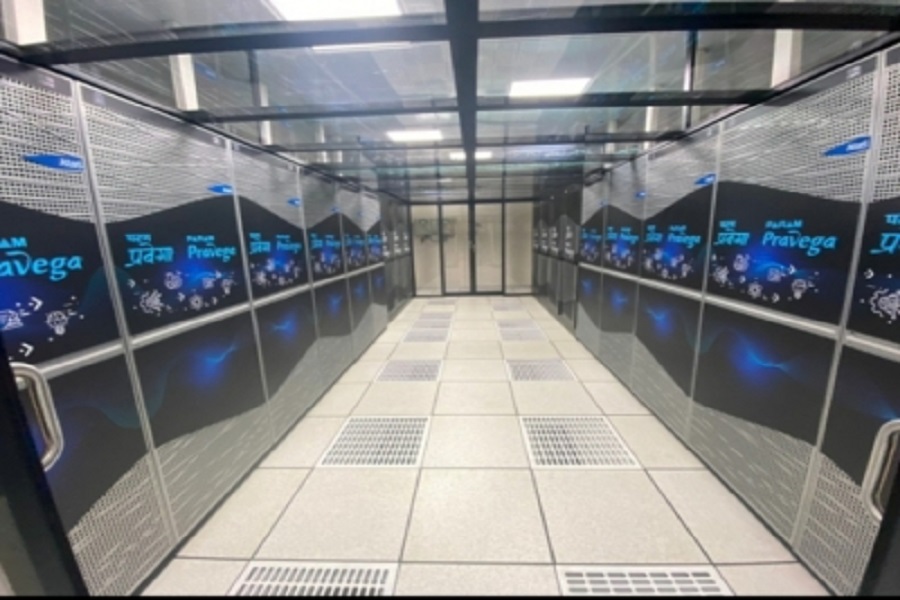EV Insights: Tracking the Electric Revolution – July 2025 By Choice Broking
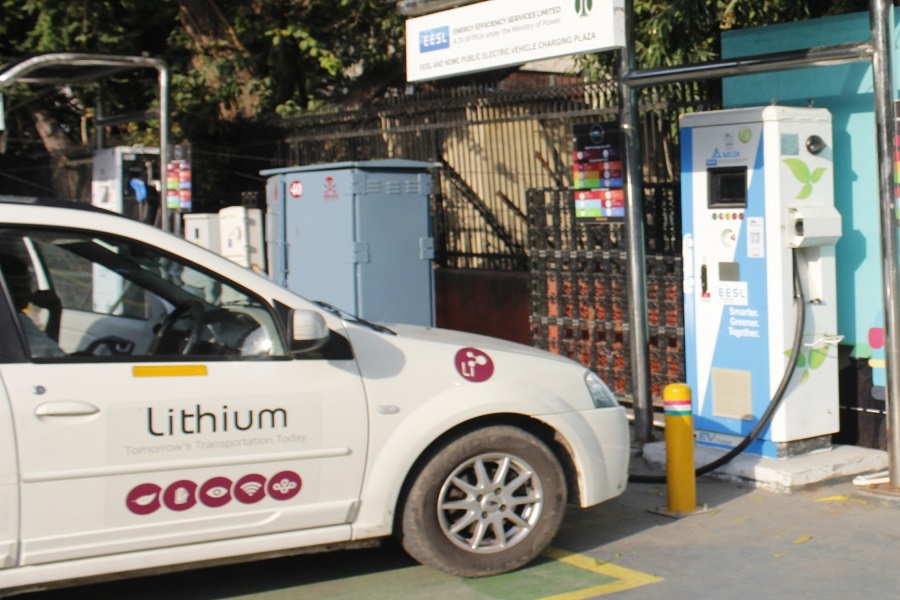
Diverging trends: E-2W struggles while E-PV and E-CV surge in July, 2025
* The E-2W segment experienced a 4.3% YoY decline in volume in July, 2025, while the legacy OEMs exhibited growing volumes and market share YoY. Hero MotoCorp (EVs contributing ~3% of domestic sales) led the charge with a stellar 96.2% YoY increase in sales. Bajaj Auto (EVs contributing ~15% of domestic sales) and TVS Motor (EVs contributing ~8% of domestic sales) followed, with a growth of 10.8% and 13.3% YoY, respectively. This surge was supported by multiple new launches across price points, enabling wider customer reach. Meanwhile, Ola Electric saw a 57.3% YoY decline, as intensifying competition from established players weighed on volumes. (Refer to Exhibit 11 for more details)
* The E-PV segment saw strong growth in July, 2025, with sales increasing by 94.1% YoY. This growth was driven by M&M (EVs contributing ~7% of domestic sales) experiencing a rise in sales, from 521 units to 2,848 units YoY, driven by new EV model launches. Sales of MG Motors (EVs contributing ~85% of domestic sales) increased from 1,612 units to 5,101 units YoY and Hyundai (EVs contributing ~2% of domestic sales) with rise in sales from 59 units to 617 units YoY, owing to the launch of its Creta EV. (Refer to Exhibit 12 for more details)
* E-3W and E-CV segments respectively posted YoY growth of 8.6% and 54.7%, supported by policy tailwinds and improved model availability across segments.
Rare earth magnet crunch continues to threaten India’s EV ambitions
* The EV industry in India is on the brink of a major production crisis as a consequence of China's April-’25 implementation of strict export controls on rare earth magnets. As China supplies almost 90% of these critical magnets for electric motors globally, Indian automakers, such as Bajaj Auto, are facing a severe shortage, causing widespread anxiety. This crunch led to production cuts in July and, now, Bajaj fears a complete halt in EV production this month.
* Resultant disruption in overall production schedules is also causing cost increases. Manufacturers, therefore, are unable to meet the growing demand for EVs. With inventories of rare earth magnets rapidly depleting, key players, such as TVS and Maruti Suzuki, also warned of slowdowns and delays in launching new electric vehicles. This crisis threatens to slow down India’s EV adoption targets, stunt growth of the industry and delay contribution to the emissions reduction goal.
* In response, companies, such as Mahindra & Mahindra, are attempting to mitigate the impact by seeking alternative sourcing and engineering solutions, which provide only temporary relief. Meanwhile, the government is considering to incentivise domestic magnet manufacturing. It is also exploring import deals with countries, such as Australia and the US, as the domestic capacity is inadequate. This has raised fears of production halts, delayed EV rollouts and negative fallout for India’s ambitious EV expansion plans.


For Detailed Report With Disclaimer Visit. https://choicebroking.in/disclaimer
SEBI Registration no.: INZ 000160131

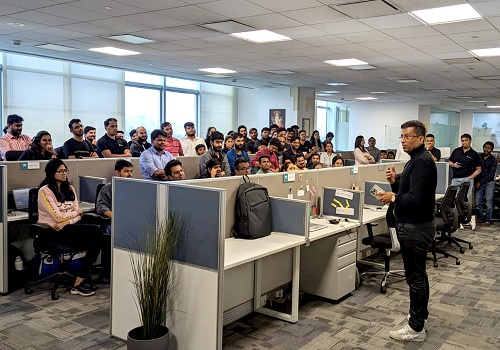




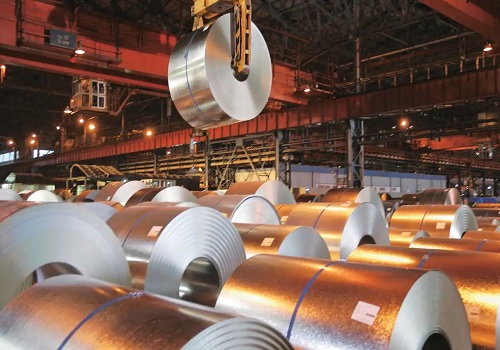



Tag News

Delhi-NCR clocks highest yearly average residential price rise at 23 pc in 2025






-96767.jpg)
